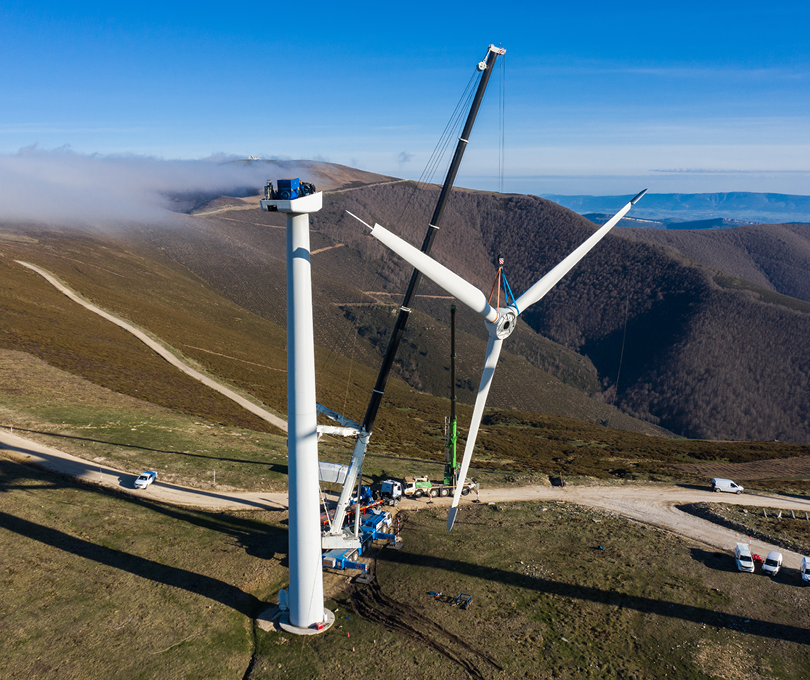The global transition to renewable energy sources has witnessed significant progress in recent years, with the percentage of renewables in global electricity generation surging from 19.8 percent in 2010 to a notable 30 percent in 2022. This substantial growth in renewable energy capacity has become a driving force behind the escalating climate ambitions of corporations worldwide. As of October 2023, 985 out of the world's largest 2,000 publicly traded companies have pledged to achieve net-zero emissions goals, indicative of their commitment to addressing the climate crisis.
However, despite these ambitious commitments, the conversion of intentions into tangible actions has proven challenging. Multiple analyses reveal that many companies are falling short of the necessary progress required to meet their climate objectives effectively. Bridging this corporate action gap demands tailored transformations suited to the unique circumstances of each company's business model. Nevertheless, one aspect remains crystal clear – renewable energy will occupy a central role in the broader corporate decarbonization effort.
While renewables have experienced rapid growth in recent years, much more significant progress is essential to achieve the formidable goal of nearly 90 percent renewable energy in global electricity generation by 2050, a critical milestone for reaching a net-zero carbon future.
The pursuit of corporate renewable energy endeavors necessitates substantial private sector investment. However, private investment alone will not suffice. Governments worldwide must play a pivotal role in fostering an environment conducive to action, through the development of supportive policies and regulations. Governments possess the capacity to incentivize corporate investment in renewable energy, streamline project approval processes, and ensure efficient grid connectivity for the energy generated by these projects.
Yet, the journey toward renewable energy adoption is fraught with complexities and nuances, a confluence of factors that we term "conundrums." These conundrums will shape the trajectory of corporate actions in this space.
In this inaugural report of a forthcoming series, we aim to define and provide examples of these renewable energy conundrums. Subsequent reports will delve into specific conundrums that hold pivotal importance for the growth of renewables and the realization of corporate climate action. Our reports will explore the intersection of human rights and geopolitics with supply chains vital to renewable energy, analyze how companies balance the potential adverse environmental and socioeconomic impacts of renewable energy with their benefits, and consider how renewable energy projects can be sited and permitted to minimize local community opposition and maximize community benefits.
Throughout this series, we will outline best practices based on insights from ERM experts to guide companies in effectively navigating these conundrums. We anticipate that our reports will provide valuable insights and guidance as corporations embark on their journey toward greater sustainability and climate responsibility.
Related items
- Renewables Conundrums - Renewable(s) Resilience: Four steps to bolster renewable energy supply chains
- This is the second report in our Renewables Conundrums report series. The first report in the series, which explores why renewables are critical to climate action and what renewables conundrums are, can be found here.




